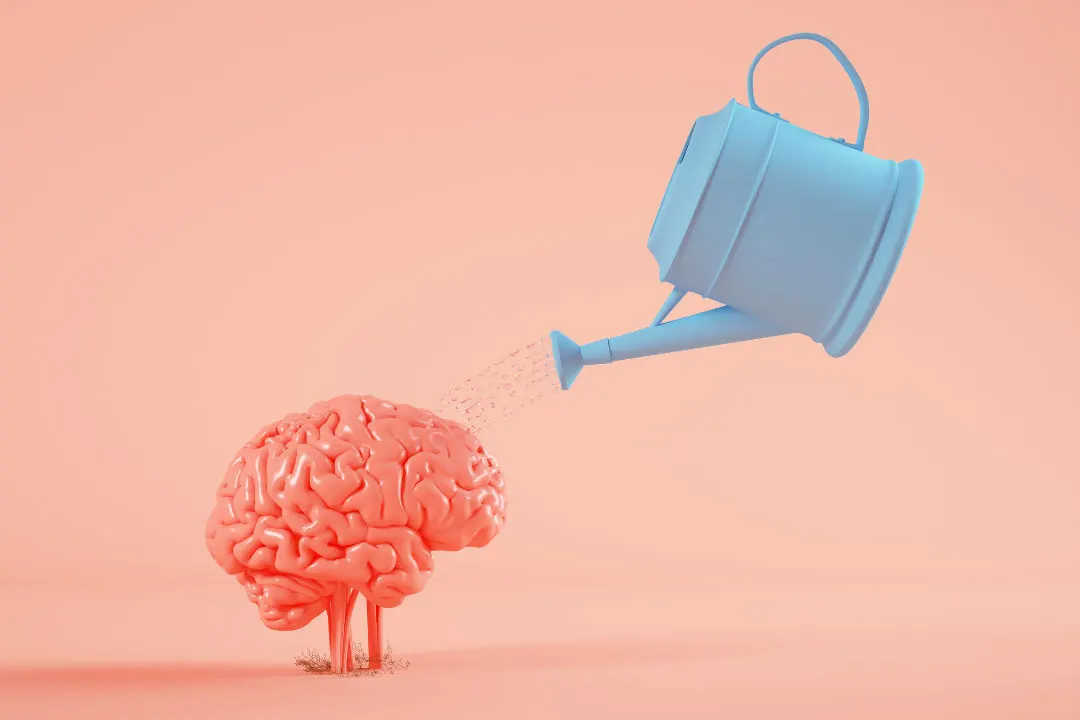Is the Brain a Muscle? 5 Great Ways to Harness the Power of Neuroplasticity and Get to the Top of Your Game:
Neuroplasticity describes the brain’s ability to reorganize itself by forming new neural connections throughout life. We’ll show you how to harness the power of neuroplasticity to maximize your focus, productivity, and creativity.
The brain is not a muscle but an organ simply because it has no muscular tissue. But while the brain isn’t a muscle, it functions like one in many ways. Like a muscle, the brain can be trained and retrained in many ways through completing repetitive tasks. This trainability is due to a quality called neuroplasticity, which refers to the brain and nervous system’s natural ability to reshape themselves like flexible pieces of plastic.
Neuroplasticity allows people to recover from strokes and traumatic brain injury with the proper therapy. Still, it can be employed by just about anyone to keep the brain healthy and functioning. Anyone can try these five simple things to promote greater neuroplasticity and boost their brain power.
You May Also Like:
Midnite Sleep Aid vs. DELTA BrainLuxury
Cognitive Health with Cognizin vs Medicine Man Plant Co.’s The Brain Pill
Is the Brain a Muscle? 5 Great Ways to Harness the Power of Neuroplasticity and Get to the Top of Your Game is an original (HealthXWire) article.
Is the brain a muscle? Retrain it by studying a new language.
Learning a new language is an excellent idea for many reasons, in no small part because it opens up new opportunities to communicate with and understand others. Language learning also requires embracing new ways of thinking through writing systems, grammatical structures, and vocabulary sets – promoting greater neuroplasticity. Despite the belief that language learning is most effective at a young age, anyone can start studying anytime.
The impact on neuroplasticity applies even to older language learners. Research has demonstrated that studying a new language can increase gray matter density, which makes up most of the brain, while strengthening white matter, which connects the different regions and cortices. Learning a new language can encourage neuroplasticity by increasing our abilities for creative thinking, multitasking, and reading comprehension.

Is the brain a muscle? Rewire it by picking up a new craft or hobby.
It doesn’t matter what it is; almost any new hobby can help take advantage of neuroplasticity and rewire the brain. Of course, doing it just once isn’t quite enough; for the maximum benefit, find something you like and stick with it, participating in a new craft or hobby regularly. Some simple, affordable hobbies include drawing, painting, sculpting, origami, and music. For example, a 2015 review found significant evidence to suggest that making art can rewire the brain by changing the structure of neurons and improving their function. In addition to benefiting neuroplasticity, a new hobby can help induce a kind of meditative calm, and incremental improvements in your new craft can bring great personal satisfaction.


Is the brain a muscle? Form new connections by meeting people.
Social interaction is another easy, enjoyable way to facilitate neuroplasticity. Even as simple an act as remembering someone’s name can help reshape the brain. Meeting new people, being exposed to their idiosyncrasies and unique ways of thinking, and remembering details about them fire neurons and strengthen the connections between different brain areas. Besides the brain power benefits, making new friends is generally good for mental health, and getting to know people can be compelling and rewarding. For a double dose of neuroplasticity-boosting activity, try meeting new people through a new hobby or vice versa – you’ll already have something in common from the start.
Is the Brain a Muscle? 5 Great Ways to Harness the Power of Neuroplasticity and Get to the Top of Your Game is the (HealthXWire) report.
Is the brain a muscle? Open your mind by trying new things.
Taking advantage of neuroplasticity can be as easy as being open to experience and trying things you’ve never tried before. Going to a new museum exhibit or theatre production, listening to a different type of music, attending a concert, or trying a new dish or recipe: openness to new experiences and sensations can increase neuroplasticity by forging new connections throughout the brain. You may even discover something you never even knew about yourself; even if you try it and determine you don’t care for Nepalese food, at the very least, you’ve learned something and taken steps toward greater neuroplasticity.


Is the brain a muscle? Promote gamma waves to strengthen your thinking.
One of the brain’s primary functions is the genesis of electrical signals traveling through the nervous system in waves. There are five categories of brain waves based on their oscillation frequency: alpha, beta, gamma, delta, and theta. Gamma waves are associated with intense concentration, especially on a single task, allowing different brain areas to communicate. This process relates to sustained attention, perception, learning, and memory – all things that help contribute to neuroplasticity. In addition, studies have shown that regular meditation can induce gamma waves, especially in the compassion-focused practices of the Nyingmapa and Kagyupa schools of Tibetan Buddhism.
Gamma brain waves can also be limited by a poor diet or elevated with a sufficiently nutritious one. The dietary supplement GAMMA BrainLuxuryTM is an excellent way to expand the brain’s production of neuroplasticity-advancing gamma waves naturally. Unlike many nutritional supplements that promise greater focus, GAMMA BrainLuxuryTM contains no caffeine – just a blend of nootropic fatty acids, amino acids, antioxidants, and vitamins that can aid in the natural generation of gamma brain waves. Additionally, GAMMA BrainLuxuryTM undergoes high-pressure processing, a unique and highly prized technique for extracting supplementary compounds with high purity. BrainLuxury also offers a blend that boosts delta brain waves for healthy sleep without melatonin.


Keep things exciting and stimulate greater neuroplasticity.
The brain may not be a muscle, but that doesn’t mean it doesn’t need exercise. The best trick for training the brain is to remain open to new ideas and experiences and try new things frequently. But, of course, to get the full benefits of a varied experience, you’ll need to stick to a consistent plan – simply doing these things once isn’t enough. People often say that variety is the spice of life – but acceptance of variety and willingness to try new things can also be good for neuroplasticity and overall brain function.
For further reference:
NIH National Library of Medicine: Neuroplasticity
Frontiers in Psychology: Dynamic Brains and the Changing Rules of Neuroplasticity
Psychology Today: Neuroplasticity
Important Note: The information contained in this article (Is the Brain a Muscle? 5 Great Ways to Harness the Power of Neuroplasticity and Get to the Top of Your Game) is for general informational purposes only, and should not be construed as health or medical advice, nor is it intended to diagnose, prevent, treat, or cure any disease or health condition. Before embarking on any diet, fitness regimen, or program of nutritional supplementation, it is advisable to consult your healthcare professional in order to determine its safety and probable efficacy in terms of your individual state of health.
Regarding Nutritional Supplements Or Other Non-Prescription Health Products: If any nutritional supplements or other non-prescription health products are mentioned in the foregoing article, any claims or statements made about them have not been evaluated by the U.S. Food and Drug Administration, and such nutritional supplements or other health products are not intended to diagnose, treat, cure, or prevent any disease.
Table of Contents


